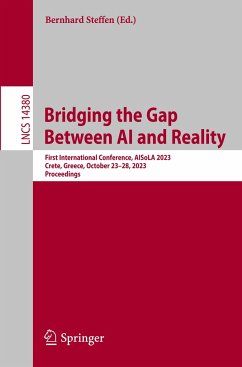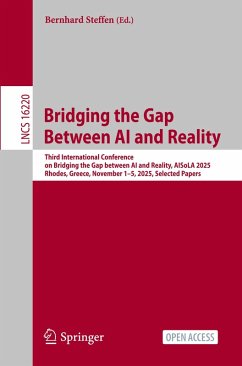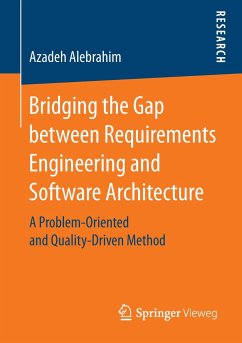
Bridging the Gap
From Business Process Modelling to Enactment in Service Oriented Architectural Environments
Versandkostenfrei!
Versandfertig in 6-10 Tagen
52,99 €
inkl. MwSt.

PAYBACK Punkte
26 °P sammeln!
It is envisaged that environments that adopt the Service Oriented Architecture (SOA) model of computing are increasingly becoming the de facto environment for executing business processes represented by their visual models. However, it is not straightforward to use application domain specific web or grid services to enact or execute business processes without translating them into executable programmes. This suggests the need for a generic approach to perform these translations in a structured manner. This work is an attempt to bridge the gap between business process models and service-oriente...
It is envisaged that environments that adopt the Service Oriented Architecture (SOA) model of computing are increasingly becoming the de facto environment for executing business processes represented by their visual models. However, it is not straightforward to use application domain specific web or grid services to enact or execute business processes without translating them into executable programmes. This suggests the need for a generic approach to perform these translations in a structured manner. This work is an attempt to bridge the gap between business process models and service-oriented environments with reference to RAD (Role Activity Diagramming) business process models and grid-aware service-oriented environments. In this context, a novel architectural framework, namely BPMSOA, has been presented with pi-ADL as the underlying process execution language utilising its key characteristics of channel mobility, channel unification, and abstraction composition. The role-based instantiation of the BPMSOA is applied on selected digital library processes which reveals that it is possible to enact role-based process models in service-oriented environments with some limitations.












